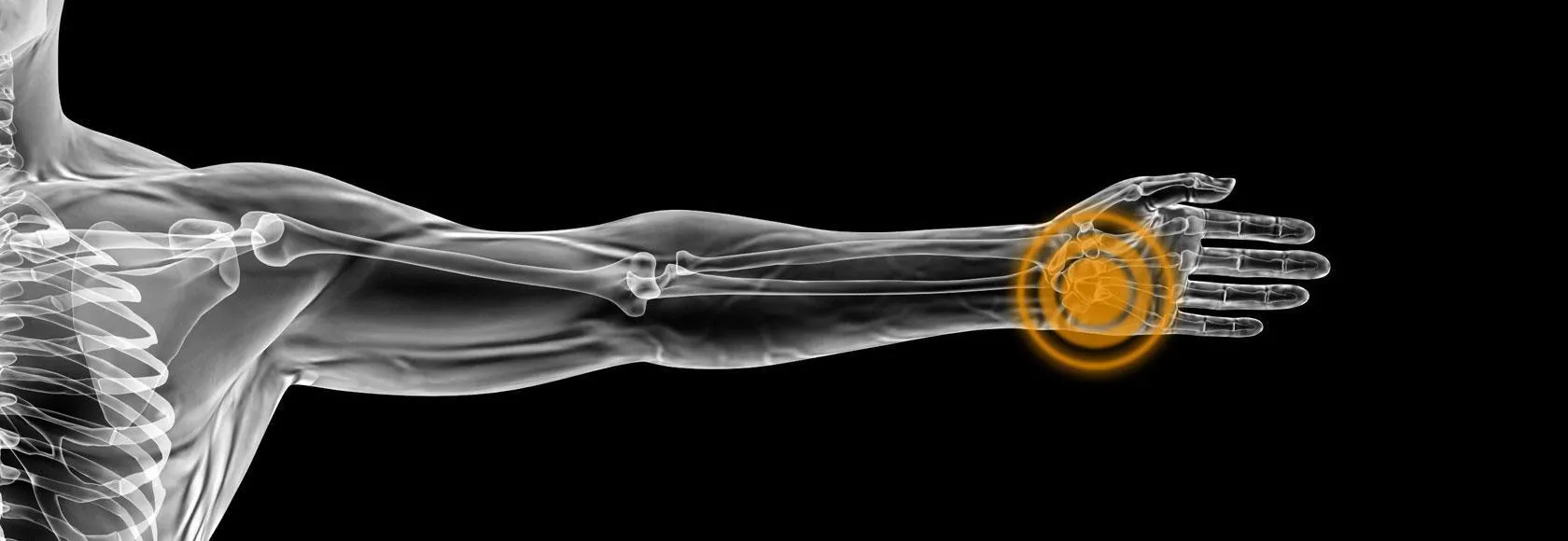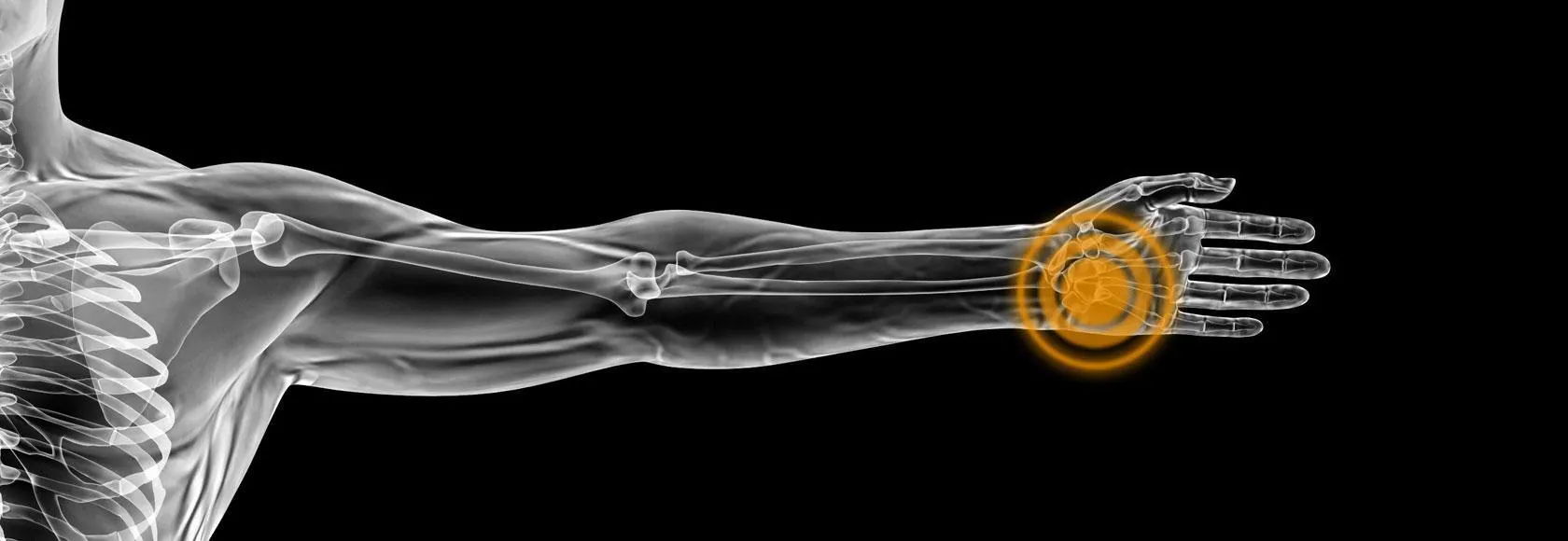- Home
- Scans for Women
- Scans for Men
- Msk
- Pregnancy
- Cardiovascular
- About
- Book a Scan
- Blog
The bones of the hand and wrist provide the body with support and flexibility to manipulate objects in many different ways. Each hand contains 27 distinct bones that give the hand an incredible range and precision of motion. The forearm's ulna and radius support the many muscles that manipulate the bones of the hand and wrist.
Although the anatomy of the hand and wrist is complex and the pathologic conditions encountered are diverse, many of the disease processes are localized, and in many situations, the clinical question is specific and limited. Because of this, ultrasound has always been an attractive imaging modality for evaluation of hand and wrist problems.
Specific situations in which ultrasound offers definite benefits include evaluation of tendon inflammation and rupture, evaluation of palpable masses or suspected occult masses, and evaluation of suspected foreign bodies.
Hand and wrist injuries are also common in athletes and can affect articular structures (ligaments, joint surfaces etc), periarticular tendons, muscles and nerves. These injuries can be acute or chronic. Acute injuries follow sudden traumatic events such as falls or joint sprains. Chronic lesions can be the result of local repetitive micro trauma or the sequelae of an acute injury.

The cost of this ultrasound scan is only £164.
The purpose of this hand ultrasound scan is to evaluate your hand anatomy:
No preparation is necessary for this scan.
Before the ultrasound scan, our sonographer will explain the examination procedure. You will be asked to sit on a chair and rest your arm on a pillow. A small amount of gel will be placed on your hand and the ultrasound probe will be moved in different directions. You may also be asked to move your hand during the scanning so that the sonographer can look at the affected area while it is in motion.
During and after the examination our sonographer will explain the findings and an ultrasound report will be issued to take away with you.
Pain and reduced movement are common problems associated with all our joints. Ultrasound is regularly employed to examine the musculoskeletal system (MSK) as it provides much-needed information about the muscles, tendons, ligaments, joints and soft tissue in the body.
An ultrasound scan will help in the diagnosis of tendon tears, such as tears of the rotator cuff in the shoulder or Achilles tendon in the ankle, abnormalities of the muscles, such as tears and soft-tissue masses, bleeding or other fluid collections within the muscles or damage to the major joints for common problems such as arthritis, tendinitis, bursitis, fluid in the joints, carpal tunnel syndrome etc..
